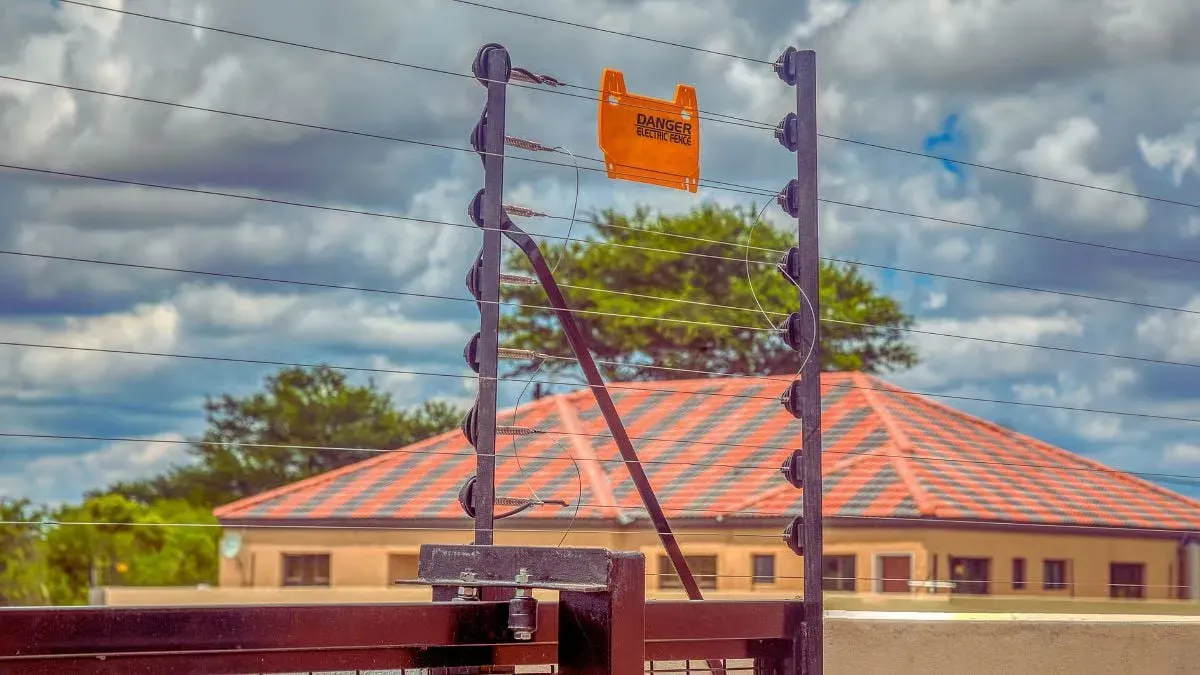Navigating the storms of the future
In a rapidly changing world where natural forces are reshaping the landscape of risk, the insurance industry takes centre stage, confronting unique challenges and pioneering creative solutions.
From earthquakes rattling the earth's foundations to severe storms sweeping across vast territories, insurers and intermediaries are charting new territories and adapting to unforeseen circumstances.
It’s all in the statistics
AON recently published its 2024 Climate and Catastrophe Insight report, which identifies global natural disaster and climate trends to help make better decisions to manage volatility and enhance global resilience.
The report reveals that the 398 global natural disaster events caused a $380 billion (2022: $355 billion) economic loss during the 12 months under review - 22% above the 21st-century average - driven by significant earthquakes and relentless severe convective storms (SCS) in the United States and Europe.
Global insurance losses during the year were 31% above the 21st-century average, exceeding $100 billion for the fourth year in a row. With insurance covering only $118 billion (2022: $151 billion), or 31% of total losses, the ‘protection gap’ stood at 69% (2022: 58%), which highlights the urgency to expand insurance coverage.
According to the report, the number of large-loss natural hazard events reached record levels in 2023, with 66 billion-dollar economic loss events, and 37 billion-dollar insured loss events. Earthquakes caused the most economic losses, while severe convective storms were most costly to insurers. New Zealand, Italy, Greece, Slovenia and Croatia all recorded their costliest weather-related insurance events on record.
The report highlighted that 95 000 people globally lost their lives due to natural hazards in 2023 - the highest number since 2010 - resulting largely from earthquakes and heatwaves. In terms of climate, 2023 was the hottest year on record with ‘unprecedented temperature anomalies’, and all-time highs observed in 24 countries and territories.
On the local front
The impacts of climate change on South Africa have increased in recent years, according to Shivan Hutton, Managing Director, Head of Marsh Specialty, Africa. “We have seen increasing global temperatures, and subsequent rising sea levels impacting the coastal regions of South Africa. Extreme weather events, with heat waves, droughts and dry spells, and water scarcity are also more likely. These factors impact many sectors and communities, including the agriculture sector.”
“There is also concern many areas of South Africa will not be able to adapt to climate change, in addition, infrastructure may not be resilient to climate change, and supply chains are likely to be impacted as a result,” added Hutton.
Trends amid natural disaster surges
The rise in natural disasters prompts anticipation of trends in the insurance industry regarding risk assessment and coverage.
Hutton said at this moment in time, insurers in South Africa are reducing the levels of coverage and capacity available for certain risk scenarios, such as flood coverage.
“We expect to continue to see this trend as insurers remain cautious around the risk exposure and are conservative in their approach to response to climate risk. There is an opportunity for the insurance industry to change its stance and understand the extent of risk from specific events, and price adequately for the risk, to offer options and solutions for the industry at large. There is also a tendency in the insurance market to provide a unilateral approach - it is important the industry responds better to this by differentiating risk and offering better risk transfer solutions,” he said.
The protection gap
The increase in global natural disaster events and economic losses impacts the insurance industry significantly.
“The increasing frequency and severity of global natural catastrophe events, and the subsequent economic losses require insurance. The ability of the industry to measure and price climate-related risks remains uncertain as a consequence, and risk uncertainty is leading insurers to behave in different ways: reducing cover for natural catastrophe events or pricing risk higher - both of which have a cost of risk impact for customers,” said Hutton.
The size of the protection gap in South Africa and its significance for the insurance sector are important considerations. “There is a significant protection gap in South Africa, with the ability for insurers to provide capacity far below the requirements of the country’s businesses and communities. This requires insurers to provide more capital for South African climate-related risks; and to be able to provide more capital to insure climate risk and price the risk appropriately. The insurance sector needs to gather a better understanding of the potential impacts and be able to create capital to support the transfer of the risk to the insurance industry,” concluded Hutton.
With global losses rising and a growing protection gap, expanding coverage is urgent. In South Africa climate challenges persist, but insurers need to reconsider coverage reductions. Enhancing practices and understanding climate risks can bolster resilience in the insurance sector.
Writer’s thoughts
Intermediaries should consider their role not just as risk managers but as enablers of resilience. The challenge lies not only in providing adequate coverage but in fostering a proactive approach to risk that anticipates future climate scenarios and promotes long-term stability for businesses and communities alike. How can intermediaries leverage their unique position to influence both insurers and clients toward more sustainable practices and robust risk mitigation strategies?



